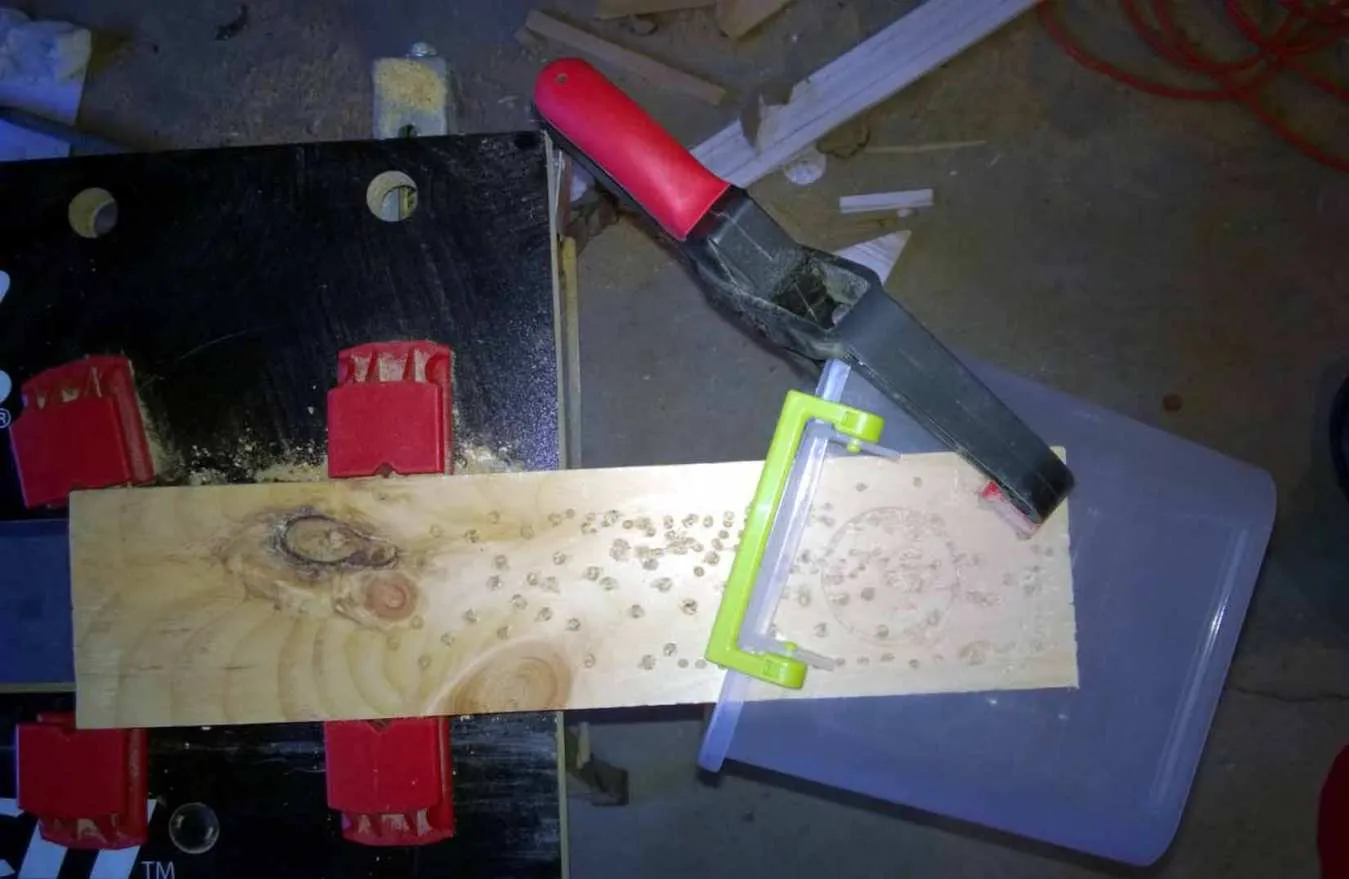Choosing the best tarantula enclosure is crucial for the health and well-being of your eight-legged friend. A suitable enclosure provides a safe, comfortable, and enriching environment, allowing your tarantula to thrive. This guide will walk you through everything you need to know about selecting the perfect habitat, from size and materials to essential equipment and decor. Following these guidelines will help create a thriving environment for your tarantula, ensuring its long-term health and happiness.
What Makes the Best Tarantula Enclosure
The ideal tarantula enclosure balances functionality, safety, and aesthetics. It must provide a secure and escape-proof environment while allowing for proper ventilation, temperature, and humidity control. The best enclosures are also easy to clean and maintain, minimizing stress for both the tarantula and the keeper. The enclosure should mimic the tarantula’s natural habitat as closely as possible, providing opportunities for burrowing, hiding, and climbing. Consider also how easy it is to observe your pet without disturbing them, enhancing the overall enjoyment of tarantula ownership. Ultimately, the enclosure should create a sanctuary where your tarantula feels safe, secure, and able to exhibit its natural behaviors.
Size Matters Choosing the Right Enclosure
The size of the enclosure is one of the most critical factors. A too-small enclosure can restrict movement and lead to stress, while a too-large one can make it difficult for your tarantula to find food and feel secure. Always prioritize providing adequate space for the tarantula to move, hunt, and explore. The correct enclosure size helps regulate the environment and reduces potential hazards, which is crucial for your pet’s health and wellbeing.
Consider the Tarantula Species
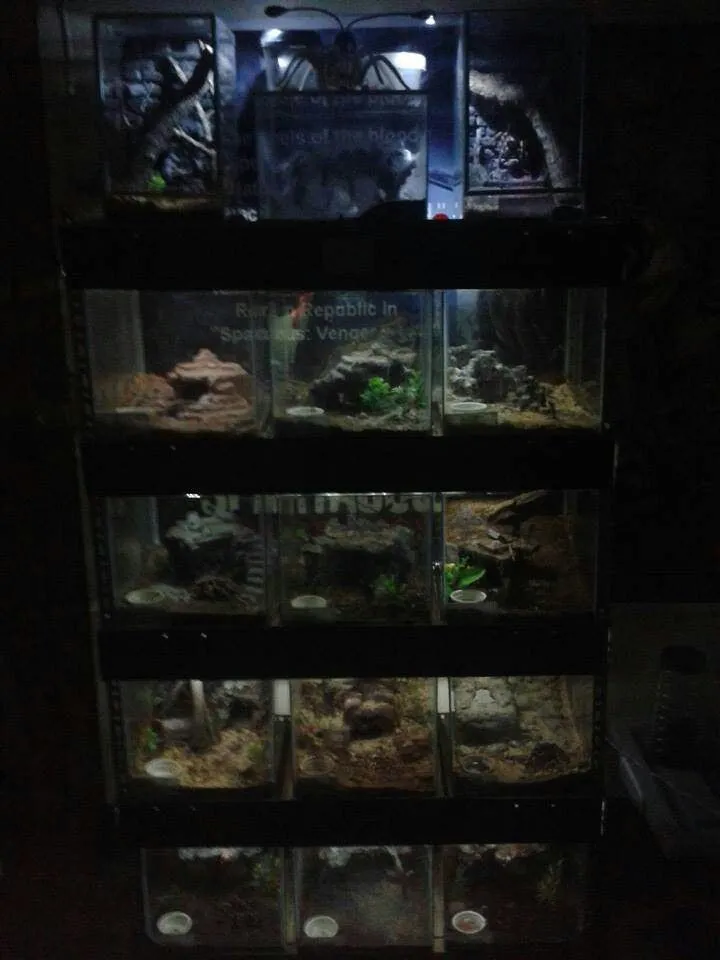
Different tarantula species have different needs. Terrestrial species, which live on the ground, require more horizontal space. Arboreal species, which live in trees, need more vertical space and branches for climbing. Researching the specific requirements of your tarantula species is the first step in choosing the appropriate enclosure size. Consider the adult size of the tarantula when fully grown, and choose an enclosure that provides ample room for growth. Account for the burrowing behavior of some species, providing adequate substrate depth.
Adult Tarantula Enclosure Size
As a general guideline, adult terrestrial tarantulas should have an enclosure that is at least 2-3 times their leg span in width and length. Height is less critical for terrestrial species, but should still allow for some substrate depth and the addition of a hide. Arboreal tarantulas need enclosures that are taller than they are wide, providing space for climbing and web-building. Provide enough space to ensure they can easily move around, hunt, and have a place to hide. Overcrowding can lead to stress and behavioral problems, so it’s always better to err on the side of a larger enclosure if in doubt.
Spiderling Enclosure Size
Spiderlings, or juvenile tarantulas, require smaller enclosures to feel secure and to make it easier for them to find food. A deli cup or small plastic container with appropriate ventilation can work well for spiderlings. As the spiderling grows, it should be moved to progressively larger enclosures. Be mindful of the need for secure lids to prevent escapes, and ensure the enclosure is easy to clean and maintain. Proper sizing for spiderlings promotes healthy development and reduces the risk of injury or stress. Consider the potential growth rate of the species and plan for regular upgrades as your tarantula matures.
Enclosure Materials Safety and Functionality
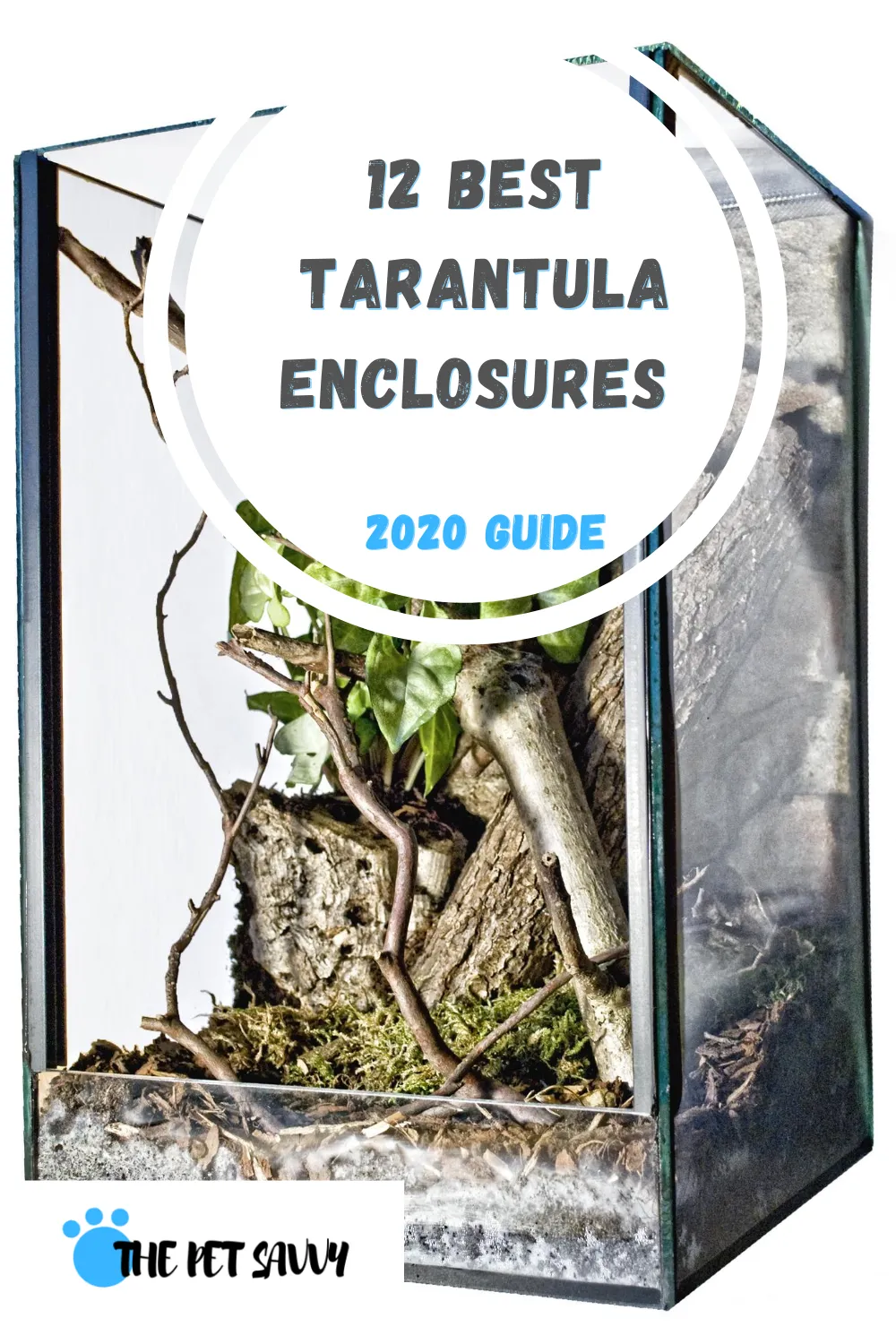
The material of your tarantula enclosure significantly impacts its safety, durability, and suitability for your pet. Choose materials that are non-toxic, durable, and easy to clean. Ensure the enclosure has secure ventilation and a reliable lid to prevent escape. The right material maintains the appropriate environmental conditions and provides a safe and comfortable living space for your tarantula. Select the best material based on the species of tarantula and your personal preferences.
Glass Enclosures
Glass enclosures offer excellent visibility, allowing you to observe your tarantula easily. They are also relatively easy to clean and maintain. However, glass enclosures can be heavier and may require more careful handling. Ensure the glass is thick enough to withstand accidental impacts. Glass provides good insulation, helping to maintain consistent temperature and humidity levels. Make sure that the glass enclosure has adequate ventilation and a secure lid to prevent your tarantula from escaping. Proper placement is also key, choosing a stable location to avoid accidents and ensure the safety of your pet.
Acrylic Enclosures
Acrylic enclosures are lightweight and often more impact-resistant than glass. They also offer excellent clarity. Acrylic is a good insulator, contributing to stable environmental conditions. These enclosures are often available in a variety of sizes and shapes. They are relatively easy to clean, but can be prone to scratching. Choose enclosures with secure closures and adequate ventilation. Acrylic is also more heat retentive, so consider the overall climate and heating needs of your tarantula. Regularly inspect the enclosure for any signs of damage or wear to ensure your pet’s safety.
Ventilation Importance and Design

Proper ventilation is essential for maintaining the health of your tarantula and preventing the buildup of harmful mold and bacteria. Good ventilation helps regulate humidity levels, prevents stagnant air, and provides fresh air circulation. The design of the ventilation system should allow for adequate airflow while preventing the escape of the tarantula and the entry of unwanted pests. Effective ventilation is essential for a healthy tarantula environment.
Why is Ventilation Important
Adequate ventilation prevents the buildup of excessive humidity, which can lead to mold growth and respiratory problems for your tarantula. It also ensures that fresh air circulates, preventing the buildup of harmful gases. Good ventilation helps regulate temperature and humidity, creating a stable and comfortable environment. It also reduces the risk of bacterial infections, supporting your tarantula’s overall health. Consider the specific needs of the species when designing ventilation, as some species require higher or lower humidity levels.
Ventilation Design
Effective ventilation often involves a combination of top and side vents. Cross-ventilation, with vents on opposite sides of the enclosure, allows for the best airflow. The size and placement of the vents should be designed to prevent escapes, and the openings must be small enough to keep feeder insects from getting out. Ensure that the ventilation system is easy to clean and maintain to prevent blockages. Consider the local climate and the humidity requirements of your tarantula when designing the ventilation. The design of the enclosure should provide a safe and healthy environment for your pet.
Substrate Depth and Type
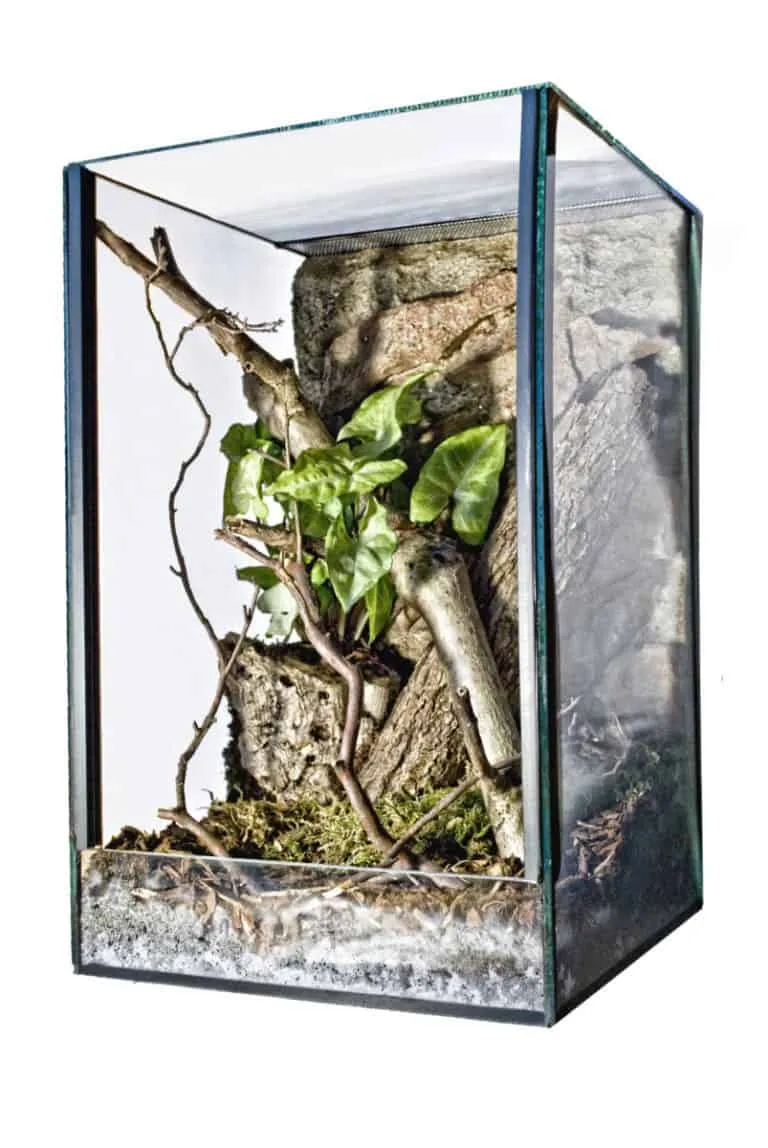
The substrate is the material that lines the bottom of your tarantula’s enclosure. It serves multiple purposes including providing a comfortable surface for your tarantula to walk on, absorbing waste, helping to maintain humidity, and allowing for burrowing. Selecting the right substrate type and depth is crucial for the well-being of your tarantula. The choice of substrate will influence the overall health, happiness, and behavior of your pet.
Substrate Importance
Substrate is essential for several reasons. It provides a natural environment for the tarantula and allows for burrowing, which is a natural behavior for many species. Substrate helps regulate humidity, which is essential for tarantula health. It also absorbs waste, keeping the enclosure clean and sanitary. A good substrate also provides a stable surface and aids in the maintenance of the enclosure. Select a substrate that is non-toxic and free from chemicals or pesticides to protect your tarantula.
Substrate Types for Tarantulas
Common substrate options include coconut fiber, peat moss, potting soil (without fertilizers), and vermiculite. Coconut fiber and peat moss are popular choices for their moisture-retention properties and ability to allow burrowing. Avoid using cedar or pine shavings, as they can be toxic to tarantulas. The depth of the substrate should be appropriate for the species; burrowing species will need a deeper substrate. Ensure that the substrate is kept clean and replaced regularly to prevent mold and bacteria growth. Mix different types of substrate to provide a balance between moisture retention, drainage, and burrowing ability.
Enclosure Decor and Enrichment
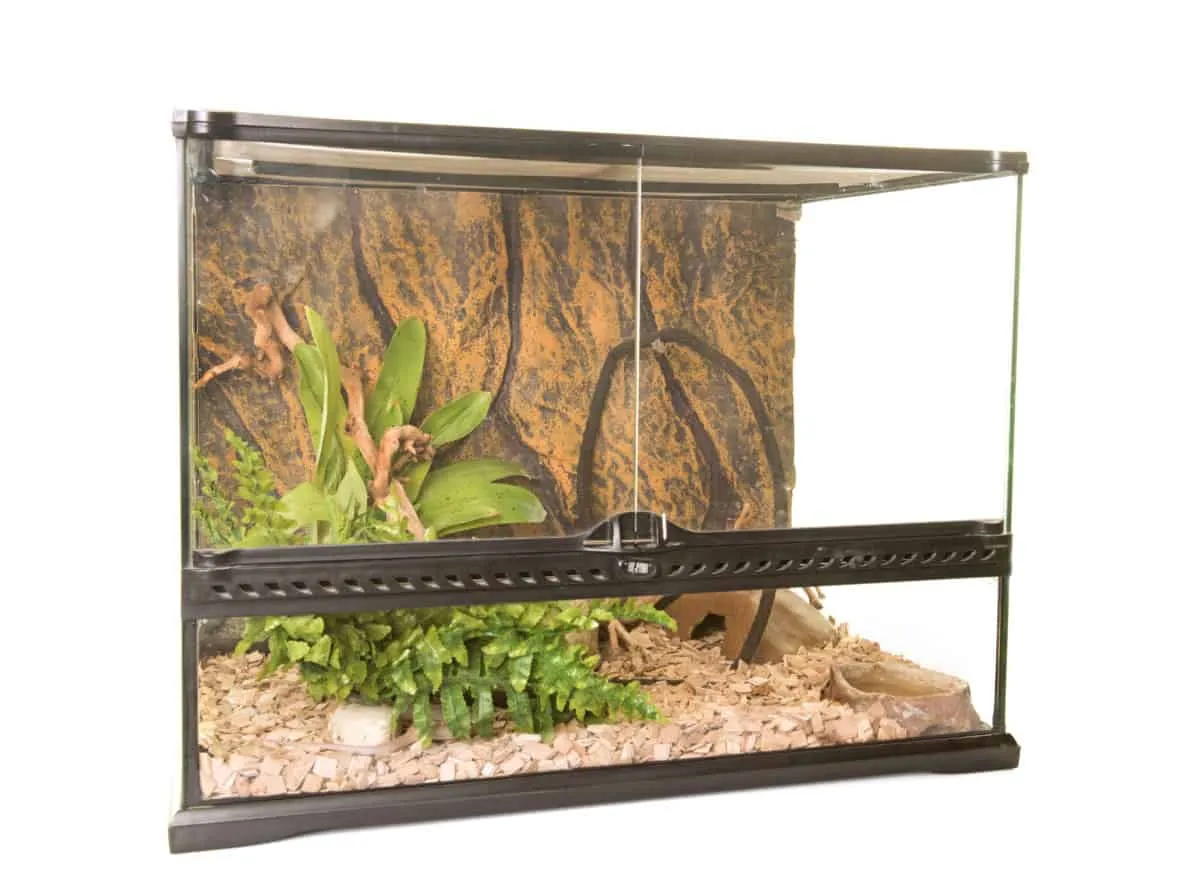
Enclosure decor adds to the aesthetics and the functionality of your tarantula’s habitat. Adding hides, branches, and other objects provides opportunities for enrichment and mimics the tarantula’s natural environment. Providing a stimulating and enriching environment can reduce stress and promote natural behaviors, such as web-building and hunting. Ensure the decor is safe and non-toxic, and that it doesn’t obstruct the tarantula’s movement or access to food and water.
Hides and Shelter
Hides and shelter are essential for providing a sense of security to your tarantula. A hide can be as simple as a piece of cork bark, a hollow log, or a commercially available hide. The hide should be appropriately sized for the tarantula, allowing it to feel secure. Provide multiple hides for terrestrial tarantulas, and ensure the hide is located in a shaded area of the enclosure. The availability of a hide is crucial to reduce stress and helps the tarantula feel comfortable. Regular replacement and cleaning of the hide are essential for hygiene.
Water Dishes and Humidity
A shallow water dish is essential for providing your tarantula with access to fresh water. The water dish should be easy to clean and should not be too deep, to prevent the tarantula from drowning. Regularly refill the water dish with clean water and keep it away from heat sources to prevent evaporation. Maintaining proper humidity is essential for the health of your tarantula, and this can be done by misting the enclosure or by providing a substrate that retains moisture. The specific humidity needs will vary depending on the species. Proper humidity levels are key to ensuring your tarantula’s well-being.
Essential Equipment for Your Tarantula Enclosure
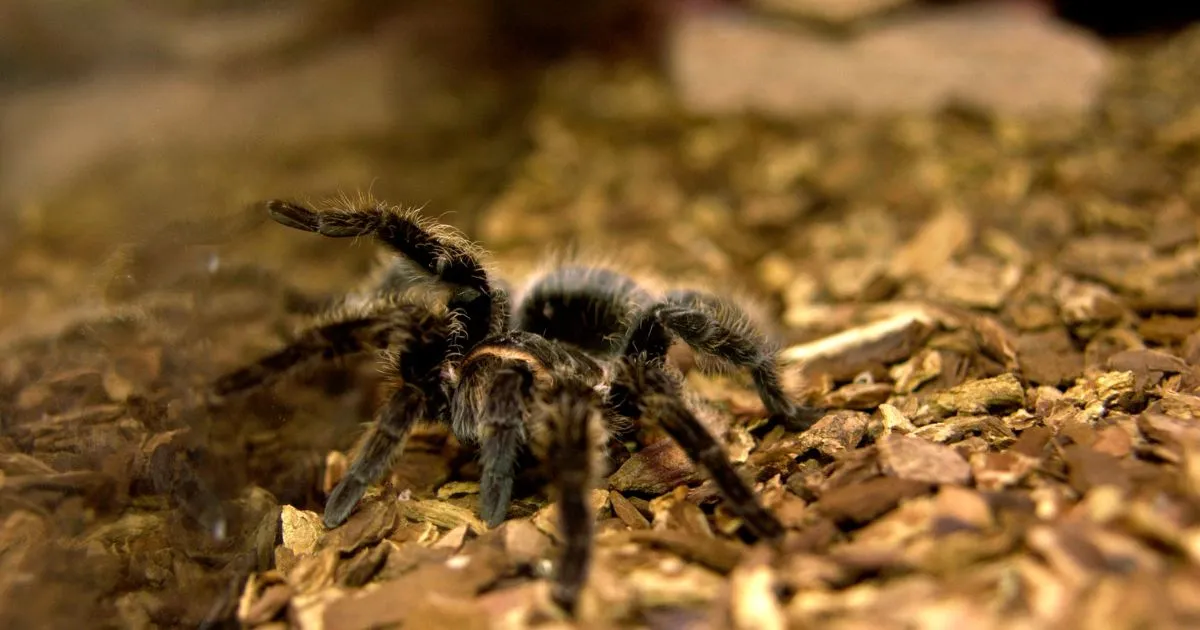
Several pieces of equipment are crucial for creating a healthy and safe environment for your tarantula. This includes heating and lighting, as well as tools for monitoring temperature and humidity. The right equipment ensures you can maintain optimal conditions within the enclosure, promoting the health and well-being of your tarantula. This equipment helps provide the necessary environmental conditions for your tarantula to thrive.
Heating and Lighting Requirements
Tarantulas are ectothermic, meaning they rely on external heat sources to regulate their body temperature. Proper heating is essential for digestion, metabolism, and overall health. While many species do not require special lighting, it’s important to consider their needs. Provide a consistent temperature gradient within the enclosure, with a warmer side and a cooler side. Avoid direct sunlight, as it can overheat the enclosure and be harmful to your pet. The correct lighting and heating setup significantly affects your tarantula’s health.
Heating Methods
Heating options include heat mats, ceramic heat emitters, and infrared lamps. Heat mats are typically placed on the side or back of the enclosure, providing gentle heat. Ceramic heat emitters and infrared lamps emit heat without producing light, making them suitable for nocturnal species. Always monitor the temperature with a thermometer to ensure the heat source is not overheating the enclosure. Avoid using heat rocks, as they can cause burns. Choose the appropriate heating method based on the species and the size of the enclosure. Make sure the heating equipment is safe and properly regulated.
Lighting Considerations
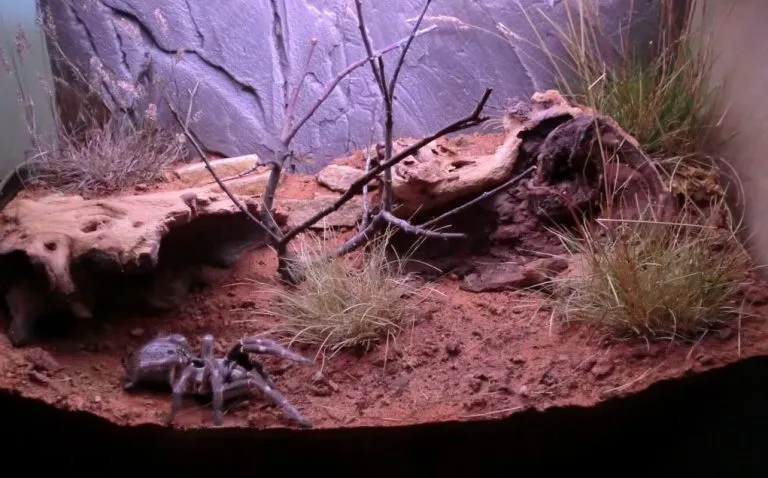
Most tarantulas do not require special lighting, but a low-wattage LED or incandescent bulb can provide ambient light for viewing. Avoid using bright lights, as they can stress your tarantula. If you are using a light, ensure it doesn’t overheat the enclosure. Provide a natural day-night cycle by turning the light on and off. Consider the specific lighting needs of your tarantula species, some may prefer dimmer conditions. The light should be appropriate for the size of the enclosure. Consider placing the light on a timer for a regular day-night cycle.
Monitoring Temperature and Humidity
Regularly monitoring the temperature and humidity is essential for maintaining a healthy environment for your tarantula. Fluctuations in temperature and humidity can lead to stress and health problems. Use reliable tools to track these environmental conditions. Accurate monitoring enables you to make necessary adjustments to the enclosure. Monitoring ensures the tarantula is in an environment that facilitates good health and well-being.
Tools for Monitoring
Use a thermometer to measure the temperature within the enclosure. Digital thermometers are recommended for accuracy. Use a hygrometer to measure humidity levels. Many thermometers come with integrated hygrometers. Place the thermometer and hygrometer in the enclosure away from heat sources and direct airflow. Regularly check the readings and adjust heating or ventilation as needed. Digital devices provide more accurate readings. Reliable monitoring instruments are critical for maintaining a healthy enclosure.
Where to Buy the Best Tarantula Enclosures
There are several places where you can purchase high-quality tarantula enclosures. Your choice will depend on your personal preferences, budget, and location. Weigh the pros and cons of each option before making a decision. Consider the overall ease of purchase, customer support, and the reputation of the seller.
Online Retailers
Online retailers offer a wide selection of enclosures, often at competitive prices. These include major online marketplaces and specialized reptile and pet supply stores. Online retailers often have detailed product descriptions and customer reviews, enabling you to make informed choices. Be sure to research the retailer’s reputation before purchasing. Ensure the retailer has a return policy if you have an issue with the product. Evaluate shipping costs and delivery times before making a purchase. Consider customer service reputation and guarantees.
Local Pet Stores
Local pet stores can offer the advantage of allowing you to see and inspect the enclosure before you buy it. You can also get immediate advice from knowledgeable staff and support your local community. Local pet stores often carry a variety of enclosures, and many offer a selection of accessories and supplies. Local stores provide the benefit of customer support and the ability to ask questions. Evaluate the expertise of the staff. Consider any guarantees or warranties that the store offers. Explore any special sales or discounts that may be available.
Choosing the best tarantula enclosure is an important step in providing a suitable habitat for your pet. By considering factors such as size, material, ventilation, substrate, decor, and essential equipment, you can create an enclosure that promotes your tarantula’s health and well-being. Remember to research the specific requirements of your tarantula species and to maintain the enclosure regularly. With the right care and attention, your tarantula will thrive in its new home.
